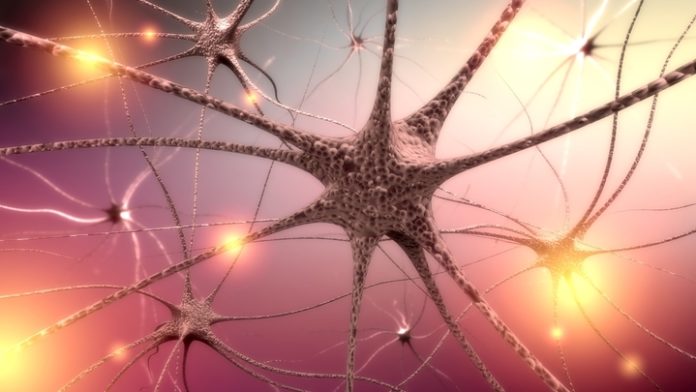Patients with pain related to polyneuropathy — dysfunction or damage to the peripheral nerves, which connect the brain and spinal cord to the rest of the body — who are provided long-term opioid therapy for 90 days or more are more likely to experience adverse outcomes such as overdose, depression and opioid addiction, according to a new retrospective study.
The results, published in JAMA Neurology, revealed that long-term opioid treatment doesn’t advance a patient’s functional status — the ability to perform daily activities required to meet basic needs.
The researchers analyzed opioid prescriptions given in Olmsted County, Minnesota to patients suffering from polyneuropathy from January 1, 2006, until December 31, 2010. The researchers also studied the outcomes of the medications through November 25 of last year.
The results of 2,892 individuals with polyneuropathy — 1,528 males and 1,364 females with a mean age of 67.5 — who were treated with long-term opioids for 90 days or more were compared to the results of 14,435 patients who were not receiving therapy.
Of those diagnosed with polyneuropathy, 18.8 percent (545 individuals) were given long-term opioid therapy in contrast to 5.4 percent (780) of those who were not. Women were also linked with a greater probability of being prescribed long-term opioid treatment than men.
Those with polyneuropathy who were prescribed long-term opioids had several functional status markers that were moderately worse, and none of these markers improved through the long-term use of opioids.
Because polyneuropathy is a common pain-related condition, the discomfort can typically present the option for long-term opioid therapy and understanding the relationship between the treatment and negative outcomes, mortality rates, and functional status of those with the ailment may determine and regulate the decisions behind opioid treatment, the researchers stated.
The study concluded that… (continue reading)
















